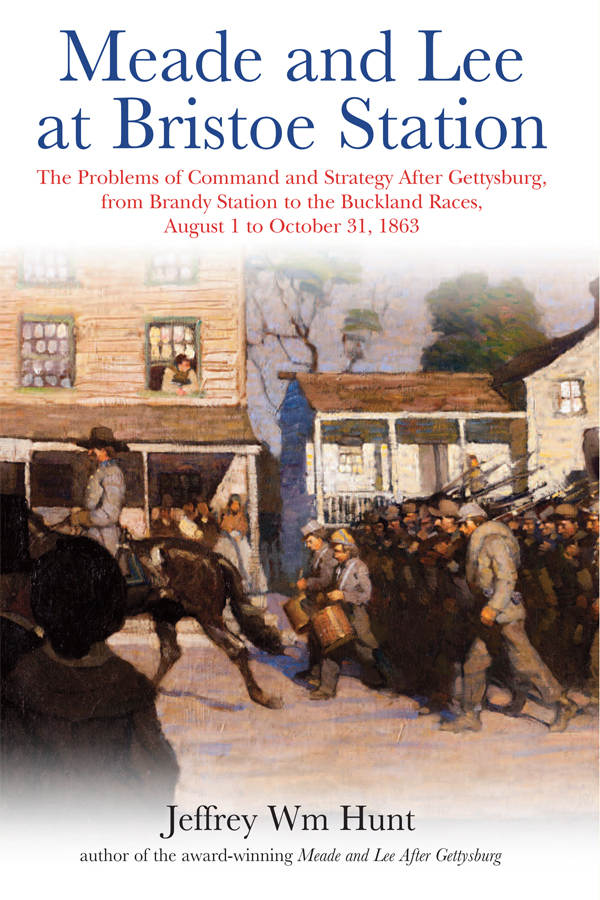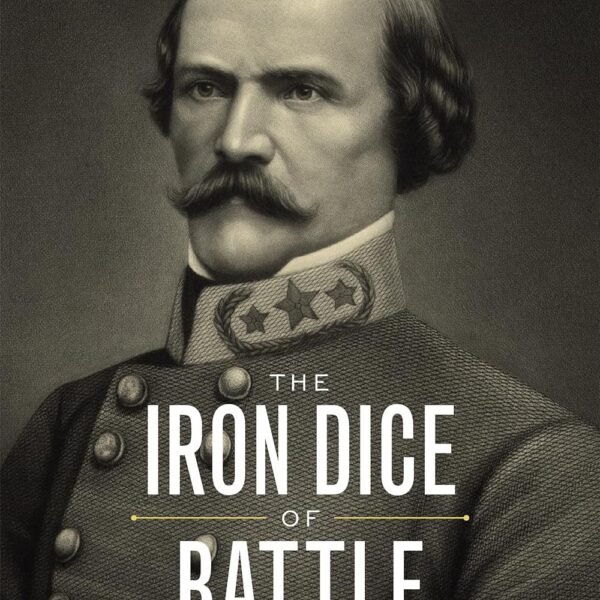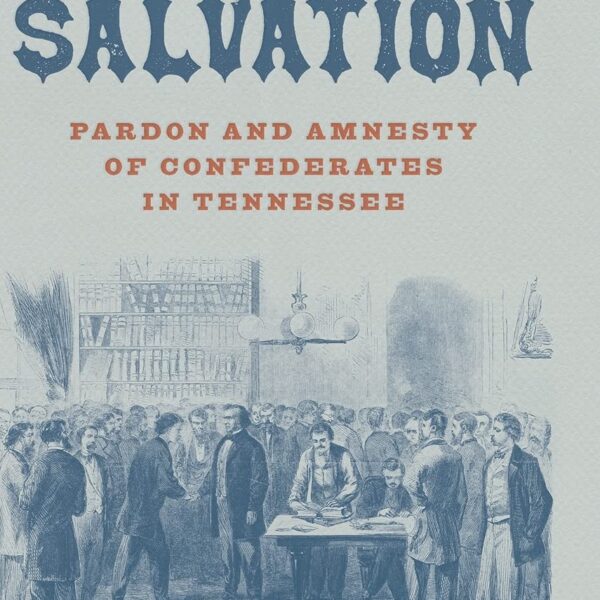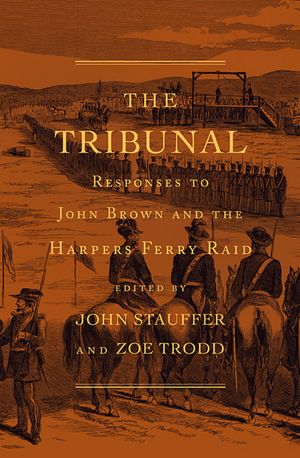Gettysburg’s bloodletting demanded an interlude—a period of healing for the opponents in that three-day battle. By the end of July 1863, both armies had returned roughly to the same central Virginia ground they occupied at the campaign’s outset eight weeks earlier. The region drained by the Rappahannock and Rapidan rivers once again assumed a strategic importance in the eastern theater.
General Robert E. Lee’s Army of Northern Virginia initially defended the fords of the Rappahannock River, with the army’s corps mainly positioned in Culpeper County. Before long, Major General George G. Meade’s Army of the Potomac appeared north of the stream. Activity slowed as both armies replenished ranks and gathered commissary, quartermaster, and ordnance supplies. During the first week of August, Lee withdrew his army from the Rappahannock to better defensive positions behind the Rapidan River. The Federals occupied Culpeper County.
Events elsewhere impacted operations in the region. Implementation of the conscription or draft law ignited riots in the North, notably in New York City. The administration in Washington ordered Meade to detach units to restore order in the city. In Tennessee, Union seizures of Chattanooga and Knoxville resulted in the detachment of two infantry divisions and an artillery battalion from James Longstreet’s Confederate First Corps.
Longstreet’s veterans arrived in time to participate in the Confederate victory at Chickamauga. In the battle’s aftermath, the Union War Department dispatched the Eleventh and Twelfth corps from Meade’s army to the western theater. Concern for operations in Tennessee by both governments affected the plans of Lee and Meade.
During these weeks, cavalry engagements characterized the clashes between the two armies—at Brandy Station on August 1; at Culpeper Court House on September 13; and at Jack’s Shop on September 22. Although outnumbered, Lee continued to search for an opportunity to assail the Yankees. On October 9, led by Jeb Stuart’s horsemen, the infantry corps of Richard Ewell and A. P. Hill began a broad turning movement beyond the right flank of Meade’s army. Lee undertook the operation in an attempt to force Meade to retire toward the Union capital and, if circumstances favored the Rebels, to strike units of the retreating Federals.
The ensuing so-called Bristoe Campaign resulted in a bloody clash at Bristoe Station and a cavalry action at Buckland Mills. The campaign lasted for twelve days without any significant advantages for either side. Combined casualties in the engagement totaled slightly more than 4,100.
Meade and Lee at Bristoe Station offers a very detailed account of this often-overlooked campaign. The author, Jeffrey William Hunt, devotes two-thirds of the book—about 300 pages—to the October struggle. While the engagements are recounted in detail, the overriding theme of the book is the problems of command and strategy. The author focuses much attention on the relationships of Meade with General-in-Chief Henry W. Halleck, Secretary of War Edwin Stanton, and President Abraham Lincoln. The difficulties between the army commander and his superiors hampered Meade’s operations. Lee’s relationship with President Jefferson Davis was one of mutual respect and confidence.
The author has utilized an impressive array of manuscript collections and published works. The book is a solid study, but plagued with some factual errors and overwrought prose. Adjectives and adverbs abound throughout the text that lead to questions about the narrative’s accuracy. In the author’s words, for instance, units did not face serious casualties in an action but “annihilation” or “destruction.” Rarely, if ever, did such outcomes occur in the war. Such descriptions detract from the book’s overall quality.
Despite these reservations, the work is recommended. The author has done his research, offers sound judgments, and has written a detailed study of an interesting campaign.
Jeffry D. Wert has written many books on the Civil War. His most recent title is Civil War Barons.





